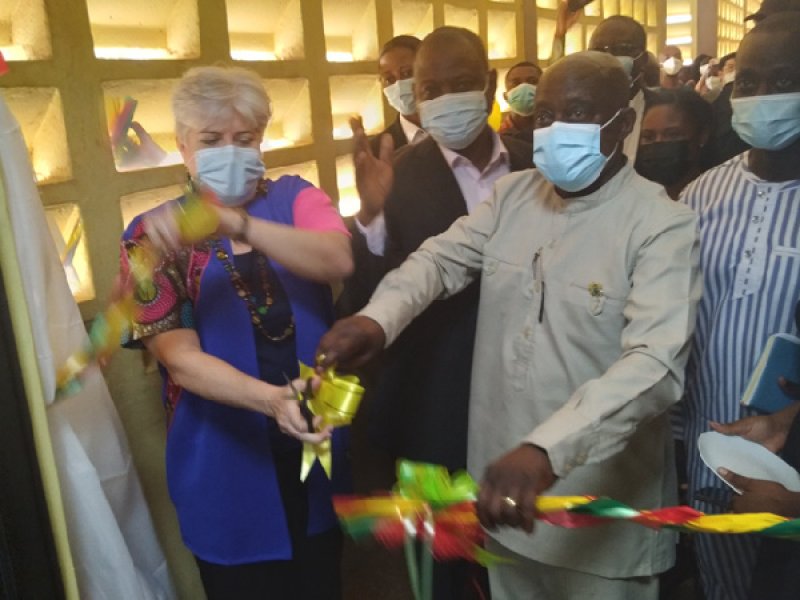Madam Stephanie Sullivan, the United States (US) Ambassador to Ghana, Friday said as part of the US’ support for Ghana’s public health system and COVID-19 response, it had established a Public Health Emergency Operations Centre (PHEOC) in the Ashanti Region.
A statement made available to the Ghana News Agency (GNA) in Accra said the $100,000 Centre was funded by the US Center for Disease Control and Prevention (CDC).
Madam Sullivan toured the new Centre in Kumasi, in the company of the Ashanti Regional Minister, Mr Simon Osei-Mensah, and the Ghana Health Service Director General, Dr Patrick Kuma-Aboagye.
The statement said the PHEOC in the Ashanti Region was the third US funded PHEOC launched in the past month, following the commissioning of the Secondi and Tamale centres in late August.
“We stand with Ghanaians in the fight against COVID-19, from vaccines to oxygen equipment and respiratory care, to long-term health infrastructure investment and coordinated health information, we are as committed as ever to our robust, decades-long public health collaboration with Ghana,” it said.
It said as seen throughout the pandemic, a command and control centre that included relevant health system stakeholders was essential for the effective coordination of COVID-19 response strategies.
The statement said a PHEOC served as the central command centre and brought together important stakeholders and experts for coordinated responses to public health events and threats like COVID-19, polio, and Ebola.
It said it provided real-time data analyses and visualisations that promoted evidence-based decision making.
The statement said regional PHEOCs were a part of a sustainable approach to building a resilient and responsive public health infrastructure in Ghana and would link with the national PHEOC for mutual and timely sharing of critical pandemic and health emergency information.
It said the Ashanti, Northern and Western regional PHEOCs were the result of collaboration between the Ghana Health Service, Noguchi Memorial Institute for Medical Research, the Korean International Cooperation Agency, and the CDC.

